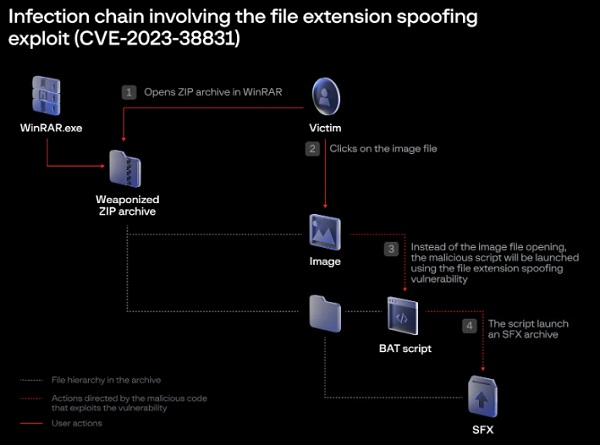Vulnerability in Zyxel Firewalls Leads to Command ExecutionA serious vulnerability in Zyxel firewalls was identified in April 2023 allowing attackers to execute arbitrary instructions on the affected devices. The CVE-2023-1234 vulnerability affects numerous Zyxel firewall products including the USG, ATP and VPN series.
The vulnerability is due to a lack of input validation in the vulnerable devices’ online administration interface. An attacker can take advantage of this flaw by submitting a specially crafted HTTP request to the web interface, which might result in the execution of arbitrary commands with administrator rights on the vulnerable device.
This vulnerability has serious consequences since it gives attackers the opportunity to take total control of the targeted devices, steal sensitive data, and launch additional attacks on other networked systems. In addition, businesses of all sizes routinely employ Zyxel firewalls to protect their networks, making this vulnerability a significant threat to business security.

Zyxel has released a remedy for afflicted devices and recognized the problem in a security notice. All enterprises using Zyxel firewalls are urged to apply the patch immediately in order to prevent the exploitation of this vulnerability.
See more: Iranian Hackers Use a Powerless Backdoor to Execute Attacks
Businesses should also think about putting extra security measures in place, such as limiting user access to the firewall’s online administration interface and keeping an eye on network traffic for any indications of suspicious activity.
See more: NAS and ESXi Hosts targeted by RTM Locker’s Linux Ransomware
The discovery of this critical vulnerability in Zyxel firewalls serves as a reminder of the necessity of routine network device monitoring and prompt security upgrades. If organizations fail to address such vulnerabilities, they risk experiencing severe consequences such as data breaches, financial losses, and reputational damage. In order to lower the risk of cyberattacks and protect their networks from potential threats, organizations must adopt proactive measures.
Author: Priyanka Priyadarshini Dwibedy
We hope you found article interesting. For more exclusive content follow us on Facebook, Twitter and LinkedIn






